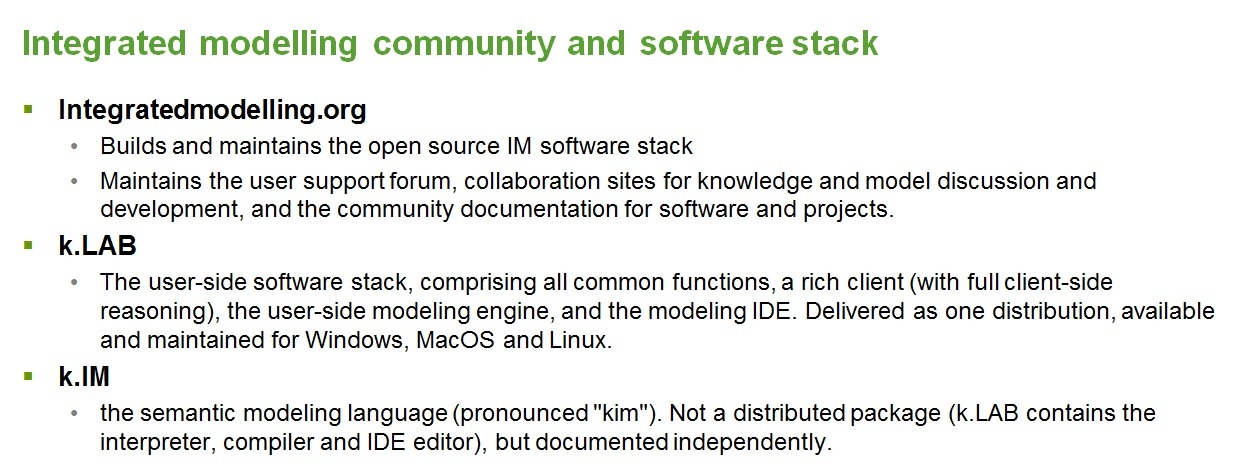Our history
The ARIES project started in April 2007 with funding from the National Science Foundation to the Ecoinformatics Collaboratory at the University of Vermont, joined by Earth Economics and Conservation International. Partners from Madagascar, Puget Sound, and Veracruz, Mexico provided the initial case studies, data and knowledge to inform the emerging ARIES platform. Demonstration, proof-of-concept, and test releases were made available starting in 2008. A fully functional portal (ariesonline.org) including a prototype web tool was available to the public by 2012.
Eight ecosystem service modules were originally developed by the ARIES team: Carbon sequestration and storage, Flood regulation, Coastal flood regulation, Aesthetic views and open space proximity, Freshwater supply, Sediment regulation, Subsistence fisheries and Recreation. ARIES’ developer tools were developed and first taught to participants from around the world at our first annual International Spring University on Ecosystem Services modeling in 2013. By 2014 the ARIES paradigm was well established in the literature, but its underlying technology was constantly developing toward a powerful yet flexible agent-based and multi-purpose modelling platform with semantically annotated models and data through the use of a domain specific language. We continue this work today, aspiring toward a infrastructure for collaborative and integrated modelling that serves a growing scientific and policy community.


Integrated modelling
A “one model fits all” paradigm is inappropriate for understanding and modeling complex linked human-natural systems. Integrated modelling brings together multiple modeling techniques into a single platform including:
- Spatial data and GIS for visualizing both input and output maps;
- Equations and look up tables, typical deterministic physical science models;
- Bayesian probabilistic models, expert-based approaches that operate well in data poor conditions;
- Process-based models, representing ecological processes dynamically when appropriate knowledge is available;
- Agent-based models, representing ecological and social agents dynamically and interdependently.
Collaborative modelling
-
Models and data developed and contributed by an international scientific community well beyond the core ARIES team;
- Modellers can contribute their models and data to the network;
- Models and data can become available to the other users, embracing the open-data paradigm but respecting confidentiality where needed;
- Cloud-based technology for data and model sharing and model processing;
- Artificial Intelligence to negotiate and select the most appropriate models for the context of interest;
- Transparent and automatic documentation of the models used.